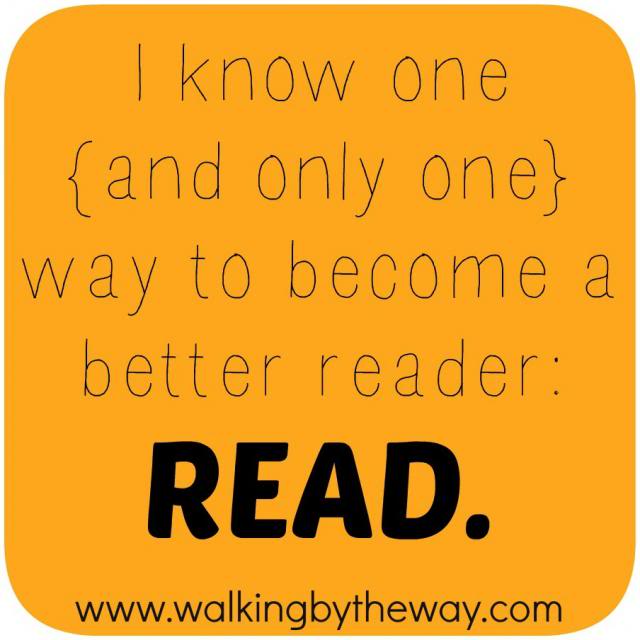
Simon has moved beyond BOB Books. And I had a panicky where-do-we-go-from-here? moment. You see, Reading Round 1 (with my first son, Elijah) was easy as he began reading when he was four. By 6 years old, he could read anything he wanted to read. All I had to do was supply the books.
Insert child #2. Very insightful. Very curious. And very much wanting to read big book, but he still needs to build reading fluency. It's not coming naturally for him like it did big brother. This is a new land for me, and I need a map to navigate my way through.
I will admit: I am not a reading expert. I will also admit: I am a mom who wants the best for her boy who is begging, "I want to read, Mom, so badly." I don't think I need to buy reading curriculum for him. He is already reading. He just needs more practice. You may think I'm simplifying things here, but I know one {and only one} way to become a better reader: READ.

Based on my belief, I set out to assemble a list of books to take Simon from beyond BOB books to beginning chapter books. I quickly learned there are different systems to organize readers and reading levels: Grade Level Equivalent, Guided Reading, DRA, and Lexile Measure–and probably more. It's madness. I wanted to shout, "Can the perfect reading list please step forward?" But nothing came.

I decided to cram four years of reading specialist education into one Saturday afternoon. I'm not sure I succeeded, but I got the basics. I continued to spend hours filtering through hundreds and hundreds of books in order to find quality and variety. At the end of my search, I put the titles in order based on my own combination of the reading level systems since they are based on different criteria and often conflicting.
I want Simon to read and re-read a book in order to develop stamina and to become fluid, confident, and ready to move up to the next level. How could I convince him to read Hop on Pop more than twice? A chart. A chart with incentives.
Insert Reading Charts. Books in a sequential order based on difficulty and length. They are listed on charts which, when completed, can (and should!) be rewarded.

It's simpleness.
I keep the current chart's books in a basket.
Simon looks at the chart and chooses a title to read.
He reads (to me, to Jason, or to Elijah). He puts a sticker on the chart.
When the chart is completed, he earns 25 points. He can save the points or redeem them for a prize based on our prize list.
You can make your own custom prize list by typing on the form below. Just click on the picture!
He moves on to the next chart.
It's working. He is gaining speed, accuracy, confidence, and he's even reading with inflection in his voice (which is pretty darn cute).
Starting next week, I will be sharing my Reading Charts to Build Reading Fluency with you.
I hope they will benefit another mom who has a reader needing one thing: practice.


Thank you! I was also wondering what I would do once we were finished with the BOB books and I am looking forward to using these reading charts when my child is ready. Right now we are still working through the BOB books. Could you tell me which sets of BOB Books you used and in which order? I am not sure if I should be going through all the sets or not. Also, what did you do for sight words before starting with the books on your reading charts?